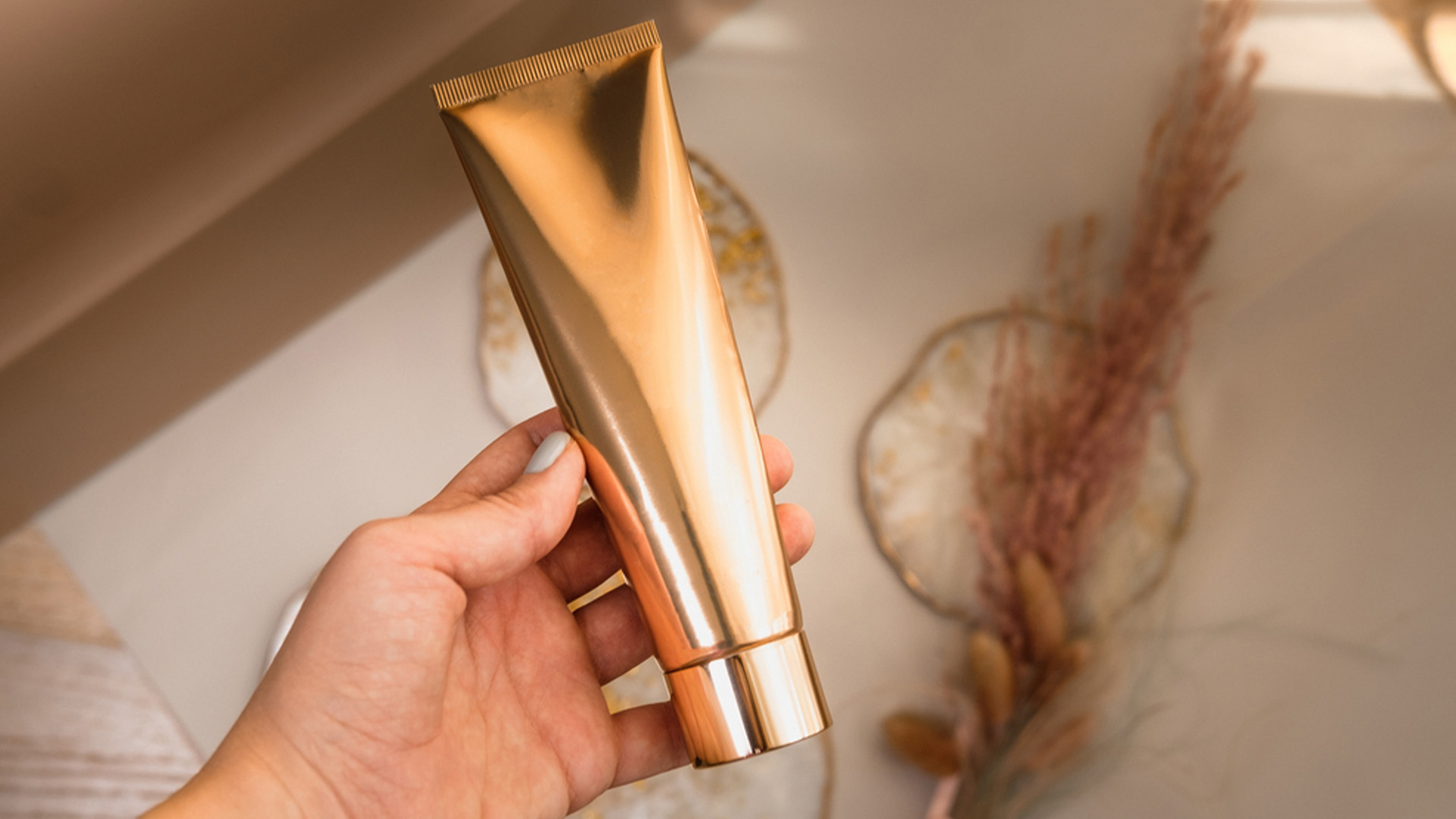Scrape The Bottom
Almost everyone will probably think of eating, but we are not talking about food. Although it may seem like a blessing or even a great pleasure to the other party, scraping the bottom we will talk about is actually a very, very frustrating issue.
We would like to talk a little about the plastic tubes used in sunscreens, hair gels, medical supplies, care creams and many other fields. Aren't these plastic tubes that we take out of our bag, closet and car glove box and squeeze easily at every moment of our lives, how perfect are they?
.jpg)
Tubes are a soft compressible container that can be used for thick liquids such as adhesive, glue, ointment and toothpaste. John Goffe Rand, an American portrait painter, invented the squeezable metal tube for storing paints in 1841. Basically, a tube is a cylindrical, hollow packaging with a round or oval profile made of plastic, cardboard or aluminum. Both ends of this tube are treated differently during the fabrication process and filling. Generally, there is a round hole at one end of the tube body, which can be closed with different caps. The orifice can be shaped in many different ways. Plastic nozzles of various styles and lengths are just a good example. John Goffe Rand patented the prototype of the modern tube in 1841 as an "improved container for storing paints." Tubes have been widely used as a container for toothpaste since 1892.
Modern tubes are of three types: metallic, plastic and laminated. Metal pipes are made of aluminum. Plastic pipes are made of various types of polyethylene. Pipes of this type can be single-layered or multi-layered. Laminate tubes have several layers of composite material. The laminate can be an aluminum barrier layer (ABL-laminate) or plastic (PBL-laminate). Laminate (ABL) tubes combine the barrier qualities of aluminum tubes with the possibilities of plastic tubing. Injection tubes are a relatively new technology for injection molding a single polypropylene tube. Decoration is carried out on a printed label placed on the mold for casting.
For a long time, the tubes were made of tin and lead, but gradually these heavy metals were replaced by aluminum. The development of plastic technology has led to the emergence of plastic (extrusion and re-extrusion) and laminate tubes. Since 2010, plastic injection molds have also been produced. A thread is attached to the opening structure in most cases to attach the flaps. Also, a common feature of all aluminum tubes is that the other open end is folded several times after the contents have been added. The tube is therefore hermetically sealed and virtually germ-free due to high temperatures during the manufacturing process. It is also possible to coat the inside of the tube with special coatings to prevent the material from reacting with its contents. Tubes are not poured from liquid aluminum; They are produced by the impact extrusion process. In this process, the tube body is extruded from a small piece of aluminum with the round shape of a disorder. Thanks to the wet offset printing method, unlimited printing patterns can be applied to the pipe.
The filled contents can be easily squeezed with the pressure of two fingers. The main feature of aluminum tubes is the complete separation of the contents from the surrounding atmosphere; therefore, such pipes are particularly suitable for packaging highly degradable contents. Aluminum tubes are used as packaging technology for cosmetics, pharmaceuticals, food and technical products. Plastic tubes can also be produced as plastic, the most PE. The use of plastic tubes, hand creams of cosmetics, etc. It is very popular for storage and also for some foodstuffs. Unlike laminate tubes, such as toothpaste tubes, the plastic tube retains its shape after each "squeezing". Plastic tubes may also have a special additive, such as a highly decorated or soft touch, to make the tube more attractive during use.
Well, when it comes to the end, how many people cut and scrape the bottom of these tubes to get the last cream left in them? Don't cut it, believe me, the profit you will get by scraping the bottom will cost you much more than the cut piece that cannot be found and recycled.



